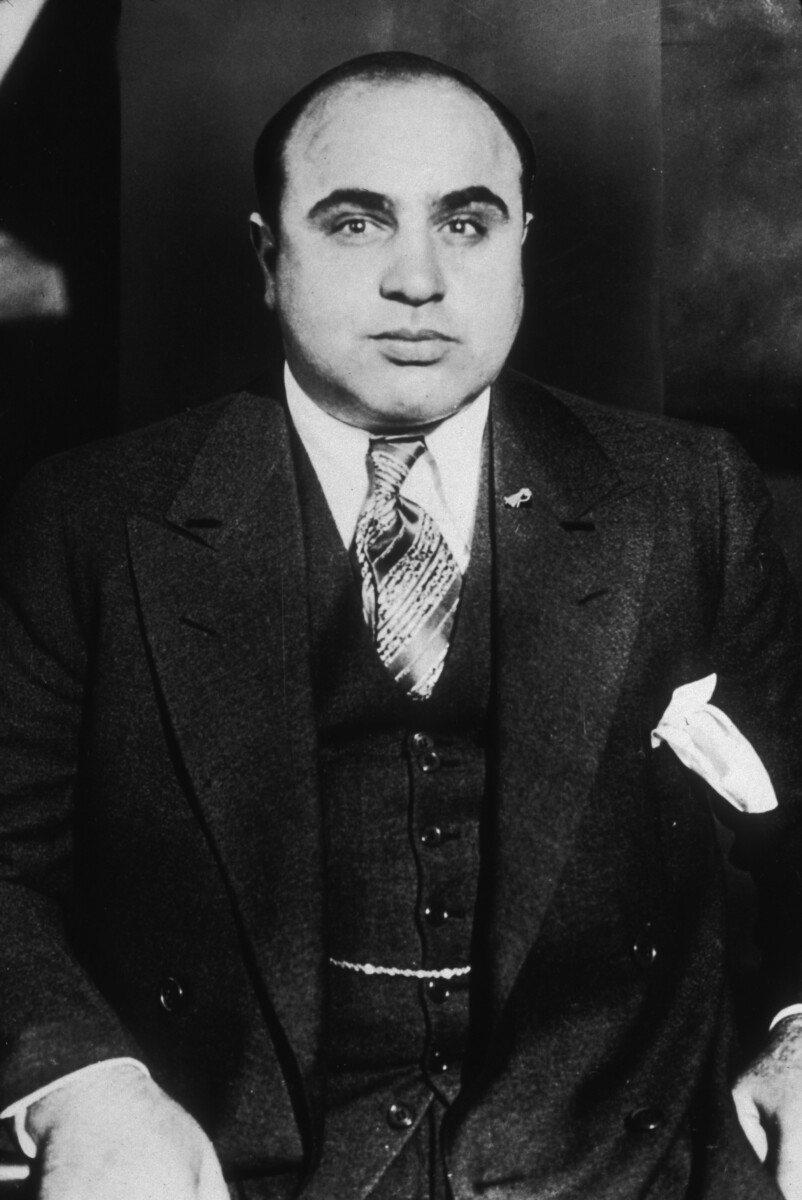The Luddites: When Industrial Workers Battled Machines

The Luddite movement between 1811 and 1816 remains history’s most famous example of organized resistance to technological progress. Ned Ludd, the phantom leader who first appeared at a Nottingham protest in November 1811, inspired textile workers across England during the harsh economic climate of the Napoleonic Wars. These skilled artisans weren’t anti-technology extremists as commonly portrayed today. Despite their modern reputation, the original Luddites were neither opposed to technology nor inept at using it, with many being highly skilled machine operators in the textile industry motivated by economic concerns rather than opposition to machines themselves.
The Luddites objected primarily to automated textile equipment that threatened skilled workers’ jobs by allowing replacement with cheaper, less skilled workers, with many groups being highly organized and pursuing machine-breaking as one tool for achieving specific political ends. The harsh sentences including execution and penal transportation quickly ended the movement. Despite their dramatic protests, the Industrial Revolution continued unstoppable, proving that organized resistance couldn’t halt the march of mechanization.
Ottoman Rulers: Centuries of Resistance to the Printing Press

For nearly 400 years, Ottoman rulers opposed the printing of the Koran, as doing so would have undermined the role of religious leaders as sources of cultural codes, but when the printed word seemed to reinforce the power of the rulers they slowly went against previous fatwas banning the printing. This resistance wasn’t based on religious grounds alone but represented a calculated effort to maintain existing power structures. The religious establishment feared losing their monopoly on knowledge and interpretation of sacred texts.
The Ottoman Empire’s stubborn opposition to printing technology became one of history’s most prolonged examples of institutional resistance to innovation. While European nations rapidly adopted printing presses from the 15th century onward, the Ottomans maintained their ban for centuries. Innovation and Its Enemies provides examples where the acceptance of new technologies is dependent on whether they reinforce rather than undermine incumbent practices. Eventually, economic and military pressures forced them to embrace printing, but by then they had fallen far behind in literacy, scientific advancement, and administrative efficiency.
American Railroad Opponents: Fighting the Iron Horse Revolution

By the 1840s concerns were rising about terrible accidents when speeding trains crashed into helpless wooden carriages, and by the 1870s, railroads were vilified by Western farmers who absorbed the Granger movement theme that monopolistic carriers controlled too much pricing power. Anti-railroad complaints were loudly repeated in late 19th century political rhetoric, with railroad historians marking the 1906 Hepburn Act that gave the ICC the power to set maximum railroad rates as a damaging blow to long-term profitability.
The Granger movement represented organized agricultural opposition to railroad expansion, viewing trains as tools of corporate exploitation rather than progress. These farmers feared monopolistic practices and demanded state intervention to control pricing. Local merchants and shippers supported the demand and got some “Granger Laws” passed. Despite this resistance, railroads transformed American commerce and transportation, connecting distant markets and enabling unprecedented economic growth. The anti-railroad sentiment eventually gave way to recognition of trains’ essential role in national development.
Electric Vehicle Skeptics: Early Automotive Industry Resistance

Acceptance of electric cars was initially hampered by a lack of power infrastructure, though in the United States by 1912, 40 percent of automobiles were powered by steam, 38 percent by electricity, and 22 percent by petrol. Gasoline powered carriages were seen as less attractive initially, with drivers complaining they were noisy, smelly, prone to fierce vibration, difficult to start, easy to stall, and demanded frequent adjustment and repair, leading Henry Jackson Howard to write in 1900 that “from this initial club run we must infer that up to the present electricity is the most popular motive power.”
After enjoying success at the beginning of the 20th century, the electric car began to lose its position in the automobile market due to a number of developments, with improved road infrastructure creating a need for vehicles with greater range than electric cars offered by the 1920s. Oddly, the rapid success of EVs was partly responsible for their downfall, as developers and proponents believed that electricity as a fuel was associated with modernity and progress itself. The early dismissal of electric vehicles by gasoline advocates proved premature, as modern EVs have resurged as viable alternatives to traditional cars.
Rural Electrification Opponents: Blocking the Power Grid

Progressives objected to the inclusion of electric companies in rural electrification, believing they had badly mistreated farmers in the past, though some argued the job was so huge that it made sense to include all possible partners in the enterprise. Despite Cooke’s belief that power companies could be convinced to participate through low interest rates and appeals to public service, fundamental differences existed that doomed hopes for practical cooperation, as the power companies still did not believe that rural service would be immediately profitable and did not want the federal government to dictate terms and control rates.
Private utility companies consistently argued that rural electrification was economically unfeasible, claiming farmers couldn’t afford electrical service or wouldn’t use enough power to justify infrastructure costs. Initial progress of the REA program was slow, but by the end of the 1930s many new cooperatives had formed, with REA aggressively pursuing full electrification through publicity, educational services, and engineering advances, achieving most success after World War II. Their resistance ultimately proved shortsighted, as rural electrification became one of America’s most successful infrastructure programs, transforming agricultural productivity and rural life.
Kodak Leadership: Missing the Digital Revolution

Kodak dominated the photographic film market during most of the 20th century, but even though they developed the world’s first digital camera, management was so focused on the success of photography film that they missed the digital revolution, failed to keep innovating and filed for bankruptcy in 2012. This represents one of business history’s most dramatic examples of established leadership refusing to embrace disruptive technology. Kodak executives feared that digital cameras would cannibalize their profitable film business, choosing short-term protection over long-term survival.
The company’s resistance to digital photography stemmed from a classic innovator’s dilemma—they had too much invested in existing technology to embrace its replacement. Management believed digital quality was inferior and that consumers preferred traditional film photography. Market shifts can rattle the foundations of even the most prominent enterprises, serving as a reminder that no one is safe and that complacency can lead to innovation failure. Kodak’s collapse demonstrated how even industry pioneers can become casualties when they resist technological change.
Blockbuster Executives: Ignoring Streaming’s Threat

Blockbuster’s management became complacent, overvalued the strength of their brand, and failed to see the changing tides, while Netflix was shipping DVDs to consumer homes, Blockbuster figured their physical stores were enough to please customers—it wasn’t. The video rental giant’s leadership dismissed streaming technology as a niche market, believing customers would always prefer browsing physical stores. They saw Netflix’s mail-order service as inconvenient and streaming as technically inferior.
Blockbuster executives consistently underestimated consumer desire for convenience and on-demand entertainment. They invested heavily in maintaining physical infrastructure while competitors embraced digital distribution. The company’s resistance to streaming technology ultimately led to its rapid decline, with thousands of stores closing as customers migrated to Netflix and other digital platforms. Their failure highlights how established businesses can be blindsided by technological disruption when leadership refuses to adapt.
IBM’s Personal Computer Resistance

International Business Machines had its breakthrough in the 1960s with the IBM System/360, but in the early 1990s, IBM failed to adjust to the personal computer revolution and began its downfall by changing its focus back on hardware instead of software solutions. Big Blue’s leadership believed mainframe computers would continue dominating business computing, viewing personal computers as toys unsuitable for serious work. They dismissed the PC market as too small and fragmented to merit significant investment.
IBM’s resistance to the PC revolution reflected their commitment to existing mainframe technology and business models. After several transitions, IBM became one of the most potent names in enterprise software. The company eventually adapted by shifting focus toward services and enterprise software, but their initial resistance to personal computing cost them market leadership in the emerging PC industry. Their experience demonstrates how even technology giants can struggle when new paradigms threaten established revenue streams.
Xerox: Dismissing Digital Document Management

Management thought going digital would be too expensive and was convinced that the future of Xerox was in copy machines, failing to understand that you can’t keep perpetually making money on the same technology, despite being the first to invent the PC and having a product way ahead of its time. Xerox leadership believed their photocopying technology represented the pinnacle of document management, dismissing digital alternatives as unnecessary complications. They invested heavily in improving mechanical copying processes while ignoring software-based solutions.
The company’s famous Palo Alto Research Center developed groundbreaking computing technologies including the graphical user interface, Ethernet networking, and laser printing. However, corporate leadership repeatedly failed to commercialize these innovations, focusing instead on traditional copying equipment. Sometimes technology fails too, as Xerox was first to invent the PC with a product way ahead of its time, but management thought going digital would be too expensive and never bothered to exploit their opportunities. Their resistance to digital transformation allowed competitors to capitalize on technologies Xerox had pioneered.
Neo-Luddite Movements: Modern Technology Resistance

Neo-Luddism is a philosophy opposing many forms of modern technology, representing a leaderless movement of non-affiliated groups who resist modern technologies and dictate a return to more primitive levels, calling for slowing or stopping development of new technologies through a lifestyle that abandons specific technologies. Probably the most notorious neo-Luddite is Ted Kaczynski, the Unabomber, who from 1978-1995 set off bombs targeting what he saw as destructive technological development, though these neo-Luddites believe many new technologies have the capacity to be dangerous and need careful consideration.
The 1990 “Notes Toward a Neo-Luddite Manifesto” proposed eliminating nuclear, chemical, and electromagnetic technologies due to dangerous effects, genetic engineering due to unpredictable risks, computer technology for environmental effects and power structure amplification, and television for psychological manipulation. Most neo-Luddites dismiss Kaczynski as simply a fringe radical and strictly oppose violence, with a Pew Research Center survey finding that while 58% of technology leaders expect violence from “refuseniks,” most believe it wouldn’t be large-scale enough to worry about. Despite their philosophical opposition, modern technology continues advancing, with neo-Luddite movements remaining largely marginalized voices rather than effective obstacles to progress.
Why Resistance Always Fails

The fate of new technologies continues to be determined by the balance of power in society, with resistance heightened when the public perceives benefits will only accrue to a small section while risks are widespread, and when risks are felt short-term while benefits only accrue long-term. History shows that technological progress operates according to inexorable forces that transcend individual resistance. Humans have a habit of stalling their own progress, with history littered with innovations from coffee to mechanical refrigeration to genetically altered food that sparked resistance before becoming fixtures, yet the past 600 years help explain why humans often oppose new technologies and why that pattern continues.
Society tends to reject new technologies when they substitute for, rather than augment, humanity, but eagerly embraces them when they support desires for inclusion, purpose, challenge, meaning and alignment with nature, even when unwieldy, expensive, time-consuming and constantly breaking down. The leaders who tried to stop progress ultimately failed because they fought against fundamental human drives for improvement, efficiency, and advancement. Their resistance, while sometimes understandable, proved futile against the collective momentum of innovation and human ingenuity.






